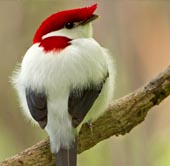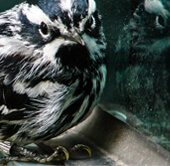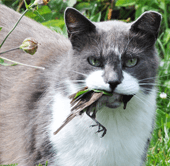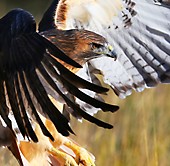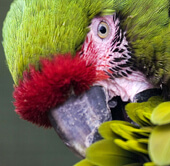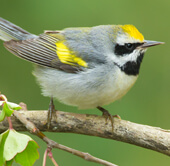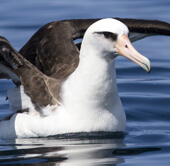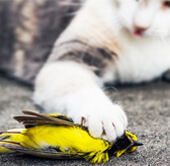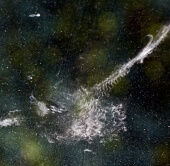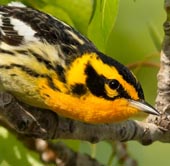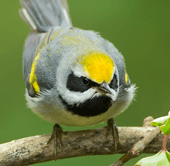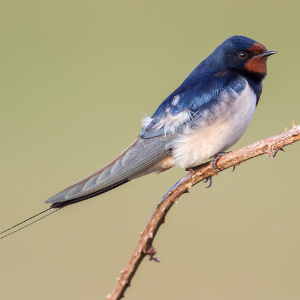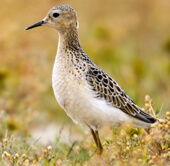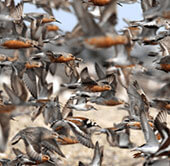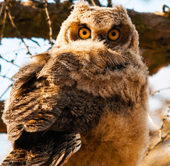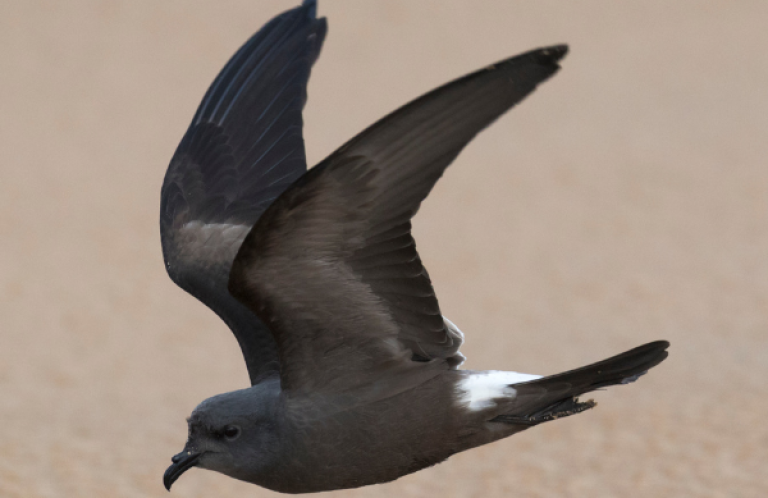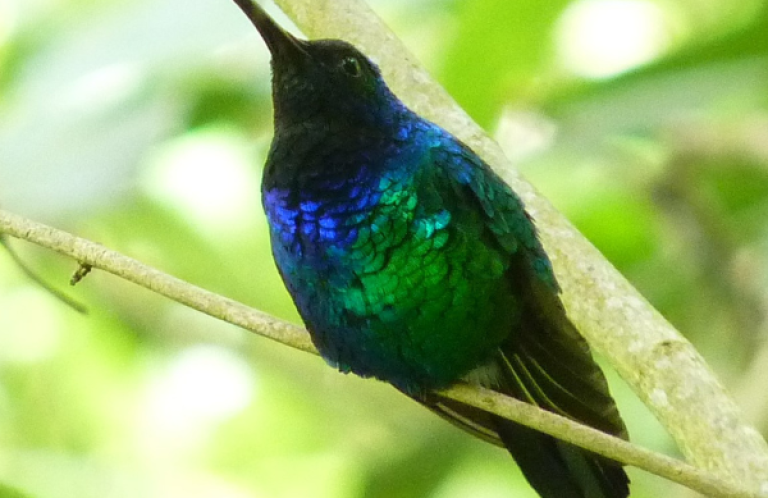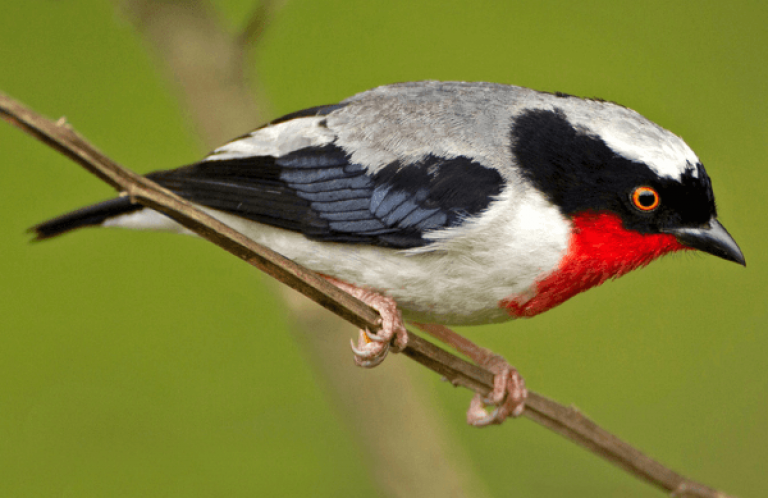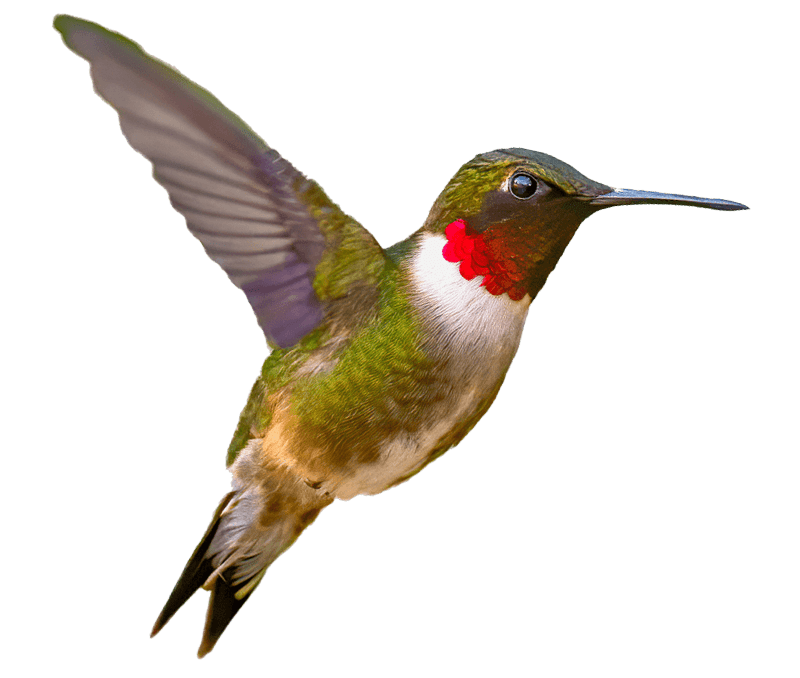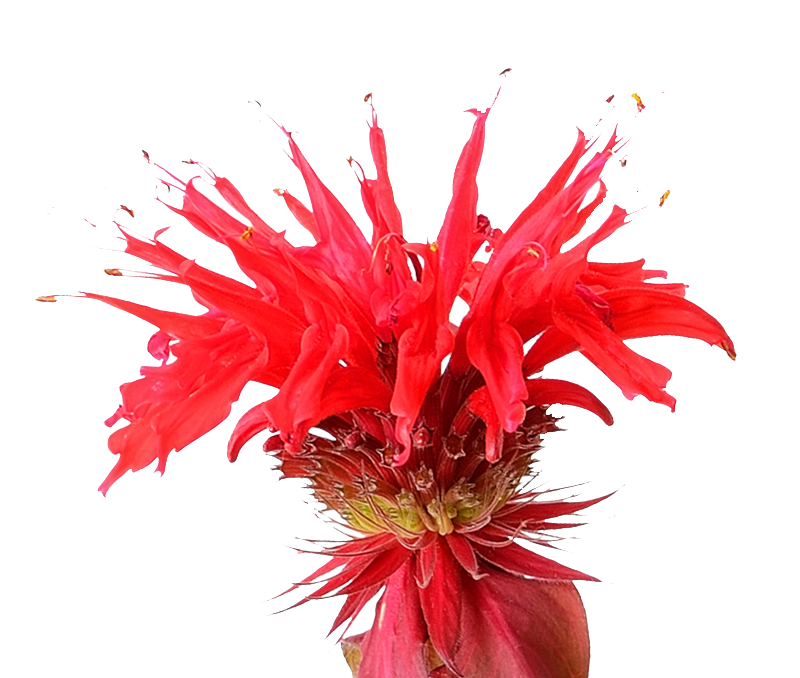New Study Says Threatened Florida Bird Continues to Decline in Numbers
Contact: Robert Johns, 202-234-7181 ext.210, bjohns@abcbirds.org
Raoul Boughton, rboughton@archbold-station.org, Archbold Biological Station
Reed Bowman, rbowman@archbold-station.org Archbold Biological Station
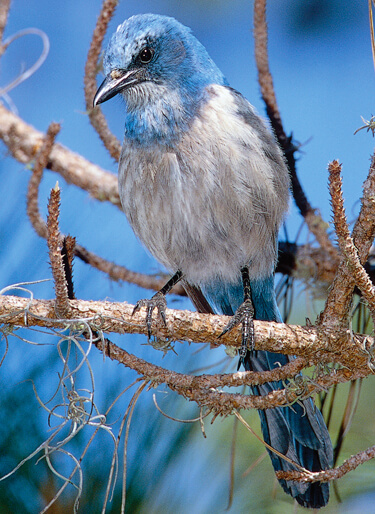 |
Florida Scrub-Jay by Peter LaTourrette |
(Washington, D.C.,
The Florida Scrub-Jay has been listed as Threatened by the U.S. Fish and Wildlife Service since 1987. It is a cooperative breeder, forming family groups that defend territories. Its oak scrub habitat is highly dependent on naturally occurring fires, which have been largely suppressed in recent decades.
The study looked at scrub-jay populations at 198 different sites. All surveyed sites were actively managed, primarily by either the State of Florida, the federal government, counties, or various other governmental agencies, although a few were privately owned.
According to the study, 1,253 groups were estimated to occur at the 198 sites in 2009-2010. Of these sites, 178 also were surveyed in 1992-1993 and supported an estimated 1,495 scrub-jay groups. Comparing just these 178 sites, the population declined by 25% from 1992-1993 to 2009-2010. Ninety-five sites showed declines between the two surveys. The authors conclude that if managed sites are experiencing such population declines, populations at non-managed sites (such as suburban properties and other land facing development pressures) are likely suffering even worse losses.
Of the 95 sites experiencing declines, the largest occurred at Merritt Island National Wildlife Refuge, which lost 109 groups. Other notable decreases occurred at Avon Park Air Force Range, which dropped from 98 to 57 groups, and the Carter Creek Tract of the Lake Wales Ridge Wildlife and Environmental Area, which dropped from 35 groups to three. A total of 54 managed areas at which at least one Florida Scrub-Jay group occurred in 1992-1993 lost all groups by 2009-2010.
“The vast majority of the Florida Scrub-Jay sites we looked at require immediate amelioration, with a strong focus on fire management. In addition, local managers need to identify ways to protect and increase core populations and take actions to increase connectivity of scrub-jay sites to one another to decrease the chances of completely losing local populations,” said Raoul Boughton, a Morris Animal Foundation Post-doctoral Research Fellow, who co-authored the study with Reed Bowman, the Director of the Avian Ecology Program at Archbold Biological Station.
“This is a species in real trouble but it isn’t too late yet to save it. Florida was the state where the most recent mainland bird extinction in the U.S. happened back in 1975 when we lost the Dusky Seaside Sparrow. Let’s not allow another iconic Florida species to go the same way,” said Mike Parr, Vice President for American Bird Conservancy, the leading bird conservation organization in the U.S.
The report did have some good news, however. At 15 managed sites, new populations of Florida Scrub-Jays were recorded in 2009-2010 where none existed earlier. In addition, the report indicated that the 198 studied sites could, with proper management, support as many as 3,094 groups.
The report points out that the state-funded acquisition of about 280,000 acres of scrub habitat over the last 20 years has been extremely important. “Land acquisitions have been vital to protecting the locations of Florida Scrub-Jay populations from development and increased fragmentation. Without these acquisitions the scrub-jay populations would be in even greater trouble,” said Boughton.
The report supports earlier studies that suggest that perhaps the greatest threat to Florida Scrub-Jays comes from fire suppression as opposed to the loss of habitat, though that is still a major concern. The authors cited trends from the Lake Wales Ridge where populations are increasing at sites where fire is being managed appropriately but declining at sites where fire management is insufficient.
The authors noted that at 177 of the 198 managed sites, Florida Scrub-Jays are either absent, have recently been extirpated, or contain populations that are so small that they are in immediate threat of extirpation. Further, many of the medium- and larger-sized populations are becoming smaller, with many experiencing reductions of 50 percent or greater.
Copies of the report can be downloaded by clicking here.
Archbold Biological Station Is dedicated to long-term ecological research and conservation. The primary focus is on the organisms and environments of the unique Lake Wales Ridge and adjacent central Florida. The Station's program is part of a global effort to understand, interpret, and preserve the earth's natural diversity.

